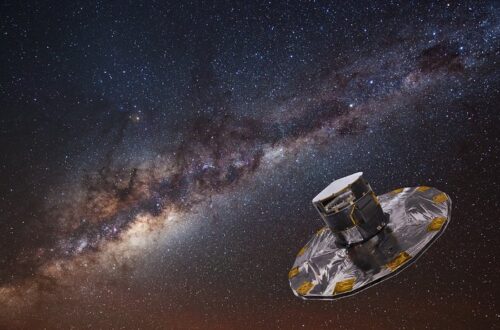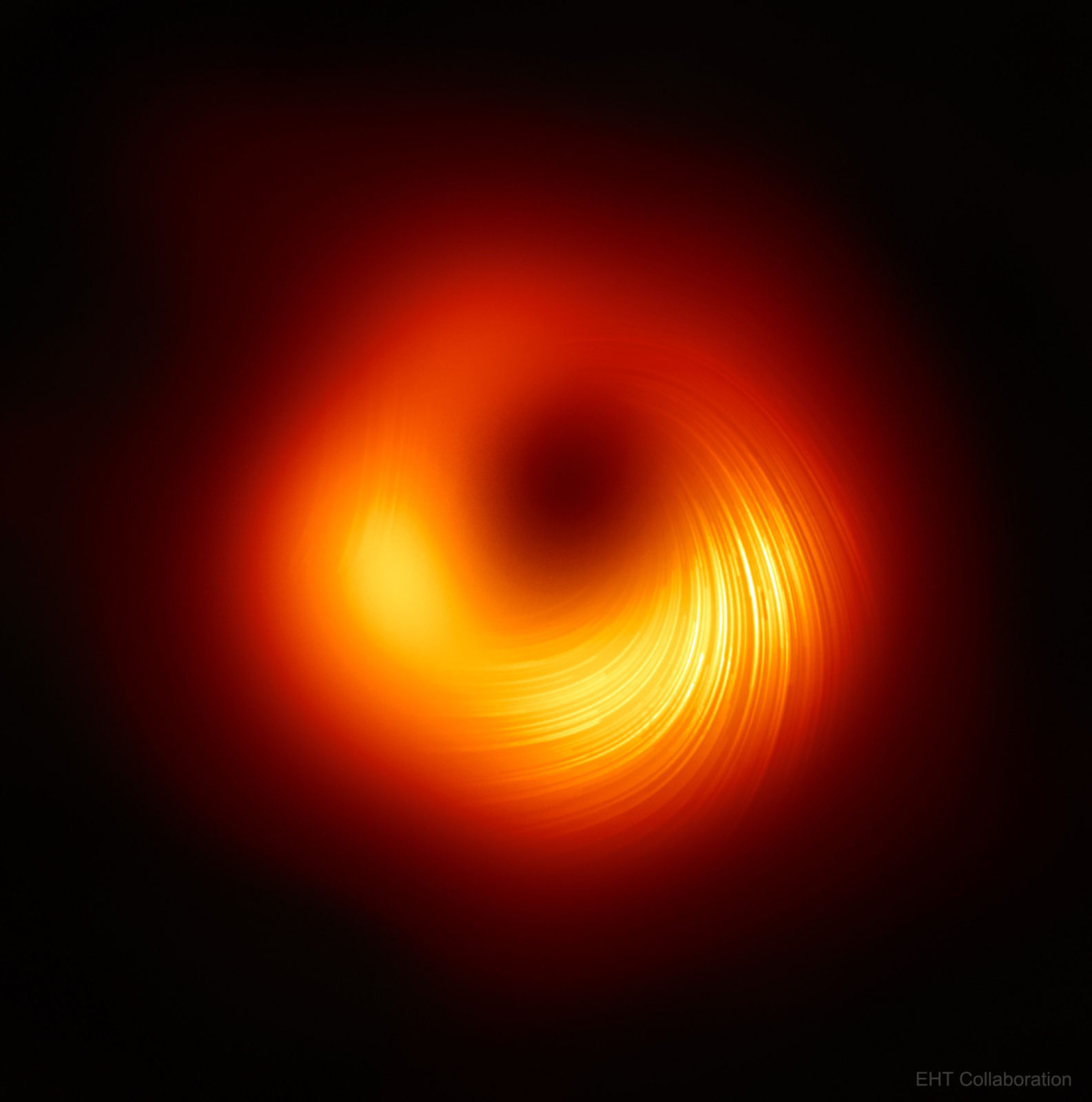Some time ago, I was sitting at a family gathering when my grandmother asked me: “What is a black hole?”. I was in my second year of the astronomy bachelor’s in Chile, the first-ever image of the M87 black hole had just been made public by the Event Horizon Telescope and it was all over international news. I noticed that other people around me stopped their conversations and started listening to my response: “Well, you know how the Earth has gravity we can’t escape? That’s how we stay on the earth instead of flying into space. A black hole has such strong gravity that light cannot escape. Therefore, it’s a fully dark object in space”. My answer was not the most precise, but I thought it was good enough for the situation until another person asked me: “But if that’s true, how come we can take a picture of it? What is the image showing then?”. I was surprised by the question and thought to myself “I actually do not know.”
Over time, family members would bring up more astronomy articles to me and then ask me for clarification, which made me realize two important things. One, people were more interested in astronomy than I had previously thought, and two, if you are the only person in your family pursuing a career in science, let alone astronomy, you instantly become a reference point between them and scientific news. Both family members and friends will come to you with questions that rarely have a simple answer, and it’s often hard to find a balance between saying something scientifically accurate without losing engagement. Having answered many of such questions I want to share a few tips that have helped me navigate this and hopefully can help students and researchers communicate better about their work with their loved ones.
- Ask yourself: What do they want to get out of the conversation? This can give you an idea of the level of detail and precision you need to give in your answer. The question “How does a telescope work?” can be answered very differently depending if it’s asked by a 12-year-old astronomy aficionado or a professional software engineer, and keeping this in mind will allow you to focus on the things they will be interested in the most.
- Start from what they’re familiar with. If I want to explain what is a neutron star, I would probably start by explaining the life cycle of a star like the Sun, and then talk about what would need to change in order to make one. If you start from what they know and take logical steps toward what you want to explain, you create a path they can easily follow and they won’t lose interest on the way.
- Don’t hide behind equations. People are sometimes intimidated by physics and mathematics in general, and they can feel like they don’t have the necessary tools to understand some astrophysical concepts. It’s easy to answer a question like “What is a black hole?” with something that is technically true but does not help the conversation like “It’s a mathematical singularity”, or answering “What are gravitational waves?” with “It’s a perturbation of space-time generated by two orbiting black holes”. You end up putting up a wall between your audience and what you want to explain, and they get discouraged from asking more questions. It’s always better to keep to simple analogies that can be less precise but clearly show the scientific motivation behind the phenomena.
- Be confident in what you know, and aware of what you don’t know. It will always be better to state that you don’t fully understand something than to explain something wrong. I’ve found that people are also interested in the limitations of what you know personally, as well as what are still open questions in the field that we are trying to solve as a community.
People outside our field, if given the chance, can be very interested in astronomy. I think you’ll be surprised by how much people want to know if you keep some of these concepts in mind next time your family asks you “What is black hole?”.



